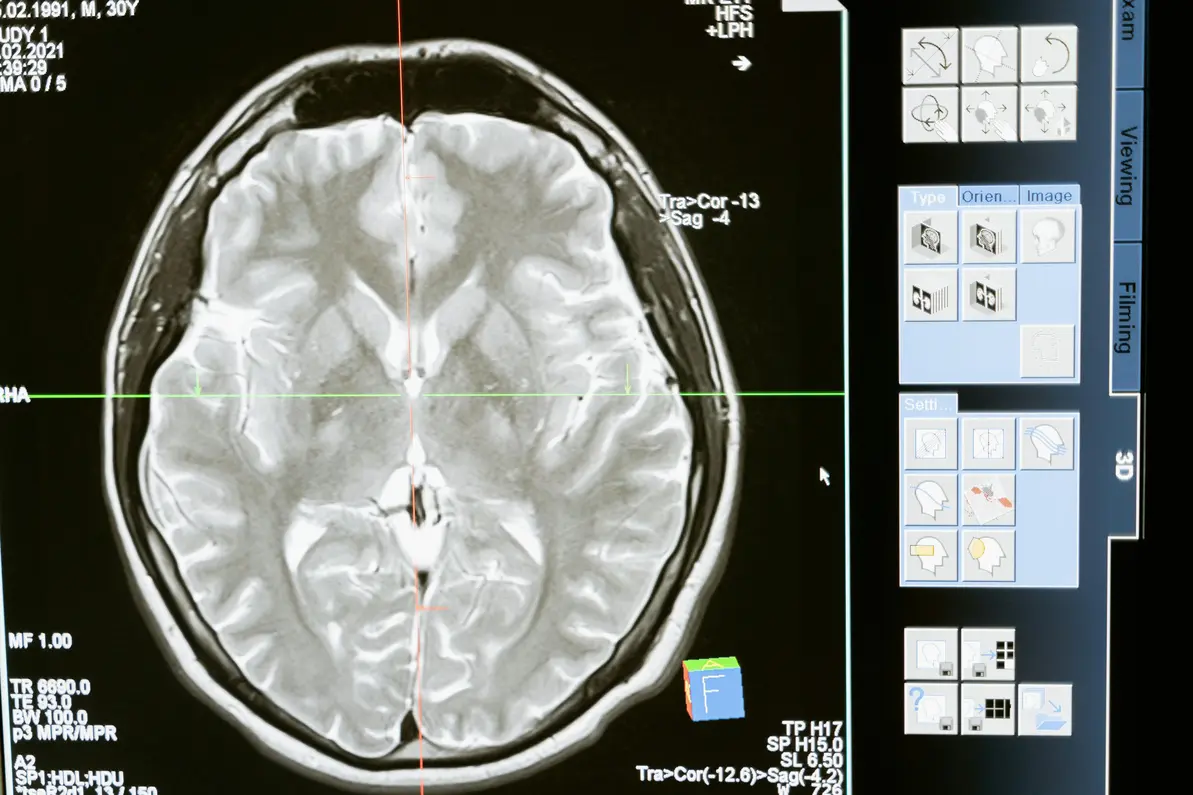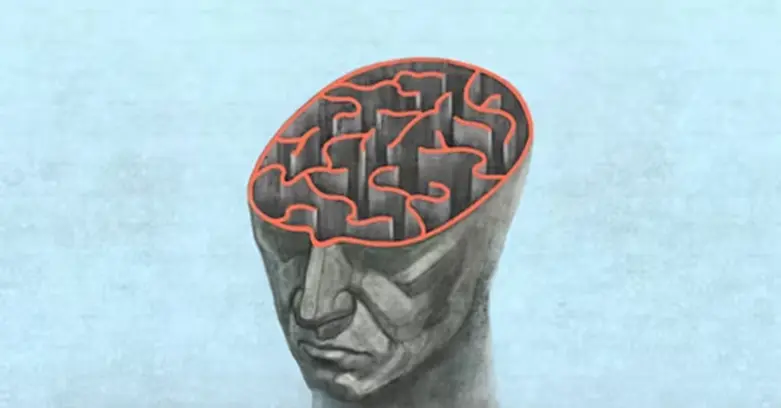It has been said that the eyes are a window into the brain. Researchers are now suggesting that there is a link between vision changes and Alzheimer’s as well as other dementias. According to Begde and colleagues (2024) from Loughborough University in the UK, visual processing ability is often negatively impacted in the early stages of Alzheimer’s disease.
The researchers note that people with dementia have been found to have deficits in lower-level visual processing such as contrast sensitivity, color vision, simple perception, and visual acuity. Higher level visual processing is also affected including visual integration, and visual spatial function.
Some cognitive assessment tests including the Montreal Cognitive Assessment Test (MoCA) include elements of perceptual processing and visual spatial function, but the authors describe these as screening tests and as such they are not sufficiently comprehensive to assess multiple different functions of visual perception.
In this study Begde enrolled 8623 subjects, ages 48 to 92 and performed cognitive testing at three points throughout the 14.8 year follow up period. At the end of this period, 533 subjects were diagnosed with dementia. In general, people with dementia were older, less well educated, less physically active, and had worse general health.
At baseline subjects were given a visual sensitivity test that entailed looking at a visual screen with a field of moving dots and pressing a key when a triangle appeared in the image. Subjects who were later diagnosed with dementia were much slower to identify the triangle than those not later diagnosed with dementia.
The researchers hypothesized that changes in visual sensitivity may be indicators of very early cognitive decline because vision centers in the brain may be affected by amyloid plaque before the memory centers of the brain are affected. They imply that vision tests may predict early changes before memory tests are able to detect changes.
The authors also explain that visual processing affects dementia in other ways. They point out that contrast sensitivity, or the ability to see an object’s outline, and color discrimination, especially in the blue-green spectrum, are affected at the outset of dementia. Likewise, a loss of eye movement,also known as inhibitory control, results in increased distractibility and makes focusing more challenging. This feature has safety implications, especially concerning driving ability.
People with Alzheimer’s may struggle with recognizing faces. Some evidence suggests that people with dementia process seeing new faces differently and less efficiently. This difference in processing has to do with eye movement patterns and the ability to visually scan faces. When we meet a new person, we scan their face from top to bottom, from their eyes to their nose and down to their mouth, creating a visual imprint so that we can easily recognize them in the future. Difficulty with visual scanning in early dementia can be a sign of visual changes rather than an issue related solely to memory, according to the researchers.
In summary, in this study low visual processing speed for both simple and complex tasks was associated with increased risk of future dementia. The visual sensitivity test used in this study was found to be a better predictor of future dementia than commonly used tests such as the Hopkins Verbal Learning Test (HVLT) which is a word list memory test or the SF-EMSE global cognition test.The visual sensitivity test may be a useful screening test for very early dementia.
Reference
Begde, A., Wilcockson, T., Brayne, C., et al. (2024). Visual processing speed and its association with future dementia development in a population-based prospective cohort: EPIC-Norfolk. Scientific reports, 14(1), 5016. https://doi.org/10.1038/s41598-024-55637-x











